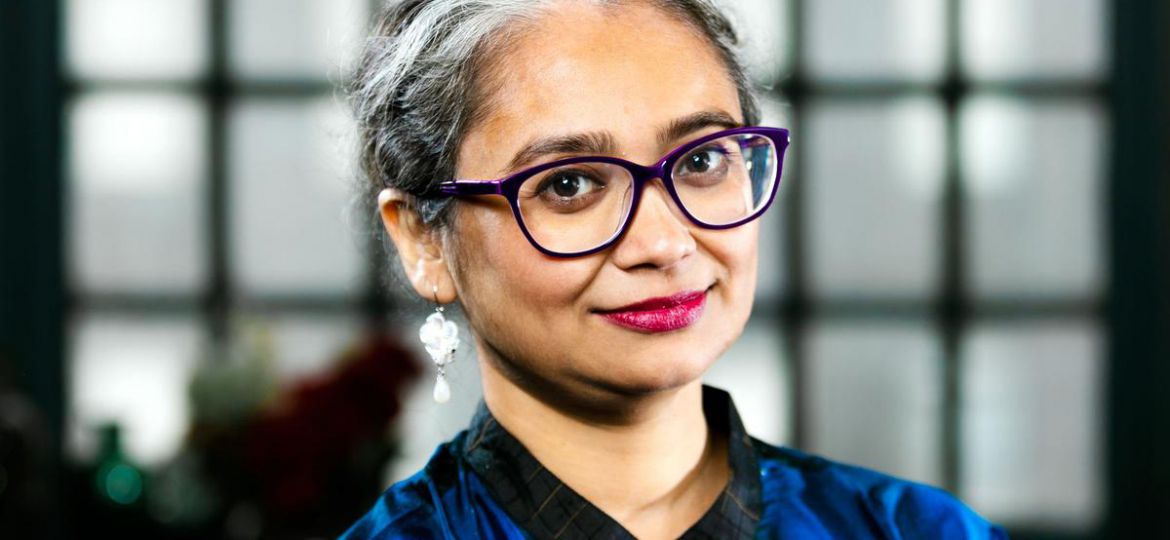
An interview with sociologist Manjima Bhattacharjya, whose book, ‘Mannequin’, examines the realities of working in India’s fashion industry.
“Historically, feminism and fashion have been pitted against one another,” writes Manjima Bhattacharjya in her book, Mannequin. It’s a dilemma the fashion industry has struggled with for decades – being perceived as flippant, or existing in a vacuum. The Guardian’s Hadley Freeman, who frequently writes about feminism, began her career at the paper’s fashion desk and says the legitimacy of her views is still questioned because of it. “This idea that fashion is fair game for accusations of idiocy has long intrigued me,” she wrote in 2016.
This polarity is something Bhattacharjya personally grappled with. She spent seven years as an activist with Jagori, a Delhi-based feminist group, protesting against the objectification of women’s bodies. She spent the next few on a sociological study of female models in the Indian fashion industry.
In 2004, the Mumbai-based researcher was watching a show on a primetime news channel that was debating whether beauty pageants are an exercise in futility. The panel included a women’s rights activist, a pageant organiser and a former pageant winner. While the organiser spoke about models’ empowerment, the model said that she had been faking her life since she was fourteen to put food on the table. It led Bhattacharjya to ask the question: “How much does a beauty queen actually work?”
Read the full article where it was originally published in the Scroll.
This article was originally published The Scroll.